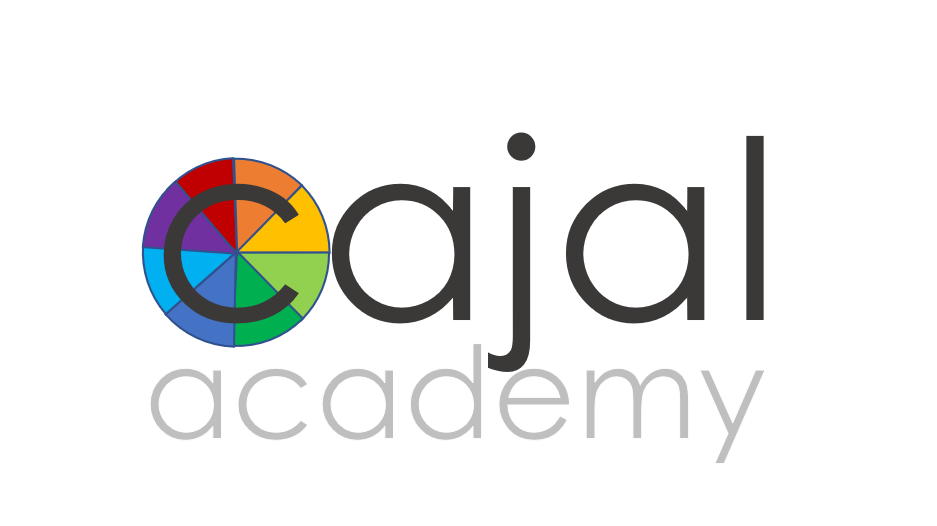Instruction Differentiated to Let Them Experience Their Strengths
We use the data in a child’s profile to experience their strengths without having to run through their disabilities.
We’re accustomed to thinking about scaffolding academic skills like math purely as isolated academic disciplines, but the reality is that every learning and social activity we ask a child to perform is in fact a composite of multiple different thought processes (“neurocognitive skills”) and/or physical activities (“neurophysio skills”). How successful we are at that activity will therefore depend on how well it matches to our current skill level with respect to each of the skills required to perform it. For twice exceptional children and other kids who have large gaps within their neuropsychological profiles, this makes it hard for them to predict which activities will be boringly easy for them (because they play to their outlying neurocognitive strengths) and which ones will be impenetrably hard (because the task, as framed, requires that they draw on neurocognitive skills where they have a deficit). Over time, this leads many of these children to become resistant to engaging in tasks that are new or that are outside of their own areas of interest—because otherwise it simply doesn’t feel worthwhile to take the risk that if they try, they will fail.
For example, a child who has dyspraxia, a motor coordination disorder, is likely to find it inordinately difficult to engage in any task that has a motor component. This may include everything from handwriting and typing to reading aloud. Like a computer’s CPU, each of us has a limited neurocognitive load, or amount of brain processes that we can conduct simultaneously. When one of those tasks is inefficient, it becomes a resource ‘hog,’ reducing the available “brain power” for engaging in other parts of the tasks. Thus, a child with dyspraxia may find that the act of writing is so neurocognitively taxing that they don’t have enough brain power left over to simultaneously think about what they’d like to say. Common academic tasks like note-taking therefore become close to impossible, as they require that the student simultaneously listen to the material presented, analyze it to identify the most salient points, synthesize that into one or two phrases and then write that information down.
Given that we have the data and the science to make those predictions, we believe it should be the teachers’ responsibility to differentiate the tasks we give them to match to their current skill levels with respect to each of the component skills that is required to successfully complete that task. Unfortunately, teachers aren’t typically given training in how to make this analysis, forcing them to rely on trial and error or intuition to reach these children. Thus, they aren’t given the tools they need to design tasks in a way that learners with complex profiles can predictably succeed—and inadvertently give them assignments that we can see in the data will set them up to fail.
A data-driven approach to identifying the executive function, learning and social-emotional challenges that hold back academic progress
At Cajal Academy, we approach both academic and social progress by starting at the level of these cross-cutting skills. Each child’s program begins with the Cajal Profile Analysis: a deep dive into the data in their neuropsychological profile, as well as auditory processing, occupational therapy, sensory, physical therapy, auditory processing and any other evaluations that have been conducted for a child. Each of these evaluations provides a look at these cross-cutting challenge through a different lens. When we look across these several lenses, we are able to identify cross-cutting challenges that may be driving learning deficits and/or frustration across multiple academic, social and even emotional experiences.
We use this information to develop the child’s “Cajal Compass:” a communication tool for our teachers and parents that provides a snapshot of the child’s challenges today, in terms that make it easy to see how they impact the child in the classroom. This gives teachers a “cheat sheet” of sorts to keep track of the nuances in our students’ profiles and proactively predict and accommodate for the ways that may hold them back in the classroom depending on the specific cognitive and neurophysiologic demands of a given task, without the over- or under-accommodating that often occurs with blanket accommodations as one would find in an IEP. This better matches to the reality for students with asynchronous profiles, for whom their relative success or failure depends on the overlapping splinter skill demands.
Differentiating task demands while we build up areas of relative weakness—so students can experience their strengths!
With this information in hand, we look at each of the tasks that we are asking a child to complete (from a math worksheet to a group project) with the same level of granularity that we analyze children’s learning profiles. Social, analytical, motor coordination, working memory and other components are individually assessed, and then the task is tailored to meet the child’s current level with respect to each of those component skills. We invest heavily in teaching this science behind this to our academic instructors, through formal training, weekly team meetings and full access to ongoing, informal consultations with our on-staff neuropsychologist and other licensed therapists.
We teach to the way the child learns today…while we work to increase the ways they can learn tomorrow
We believe that differentiating instruction in this way is essential to allowing students who have uneven skill development to experience their strengths without running headlong into their challenges. But we don’t stop there. For almost 30 years now, neuroscientists have understood that the human brain constantly rewires itself to build up capacity to perform specific neurocognitive skills as we call upon it to do so. This is called neuroplasticity. Find out more about the ground-breaking interventions we are developing that apply this principle of neuroplasticity to build up those cross-cutting skills identified as holding a child back—thus closing the gaps in their learning profiles.








